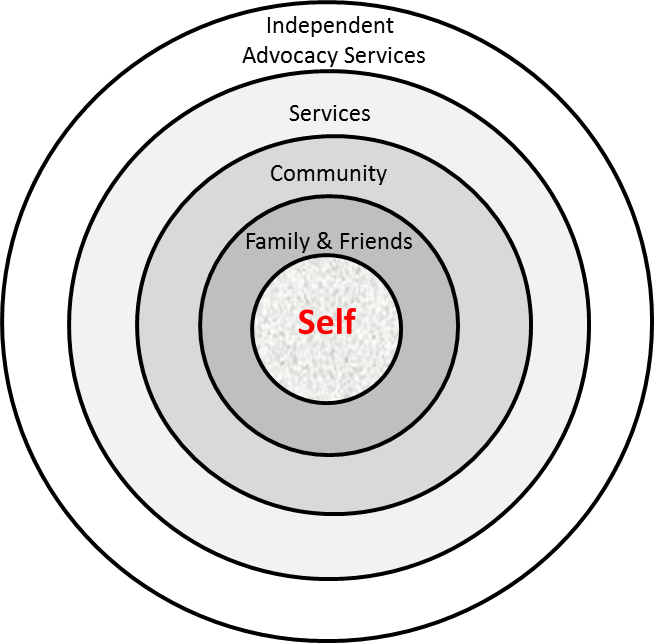Different types of advocacy, all of equal value
21 Jan 2016
 What is common to all types of advocacy is that the person who it is for (in this instance the person with a disability) is always at the centre of the advocacy process.
What is common to all types of advocacy is that the person who it is for (in this instance the person with a disability) is always at the centre of the advocacy process.
It is all about what that person wants, and finding the best way of getting that across to the people who need to know.
A consumer advocate at the recent Community of Practice Lower Southwest meeting stated, "people are very different from each other and so too are their needs for support."
Like tools in a tool box, the different types can be used together or separately depending on the job that needs to be done. A person may ask for different types of advocacy support at different times in their life, with all being of equal value and worth.
Adam Johnson, CEO of Advocacy South, a local independent advocacy service, stated "no one has a monopoly on advocacy."
What advocacy is used, and when, should depend on what is best suited to the person who seeks it.
See linked presentation from Samantha Jenkinson of People with Disabilities WA , about what advocacy is within an NDIS environment.
Leave us a reply on the advocacy blog.